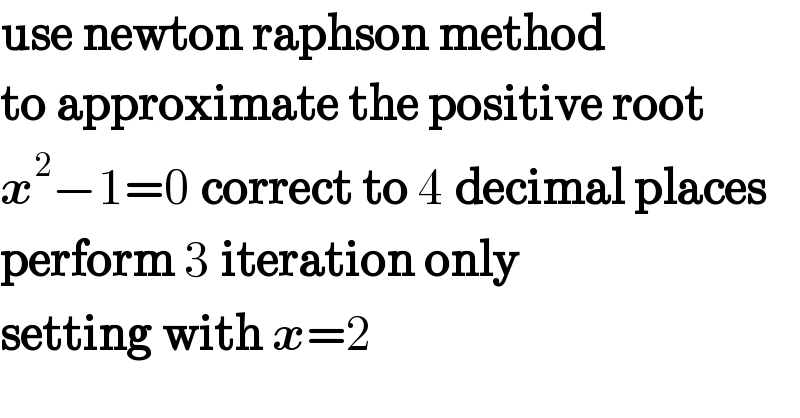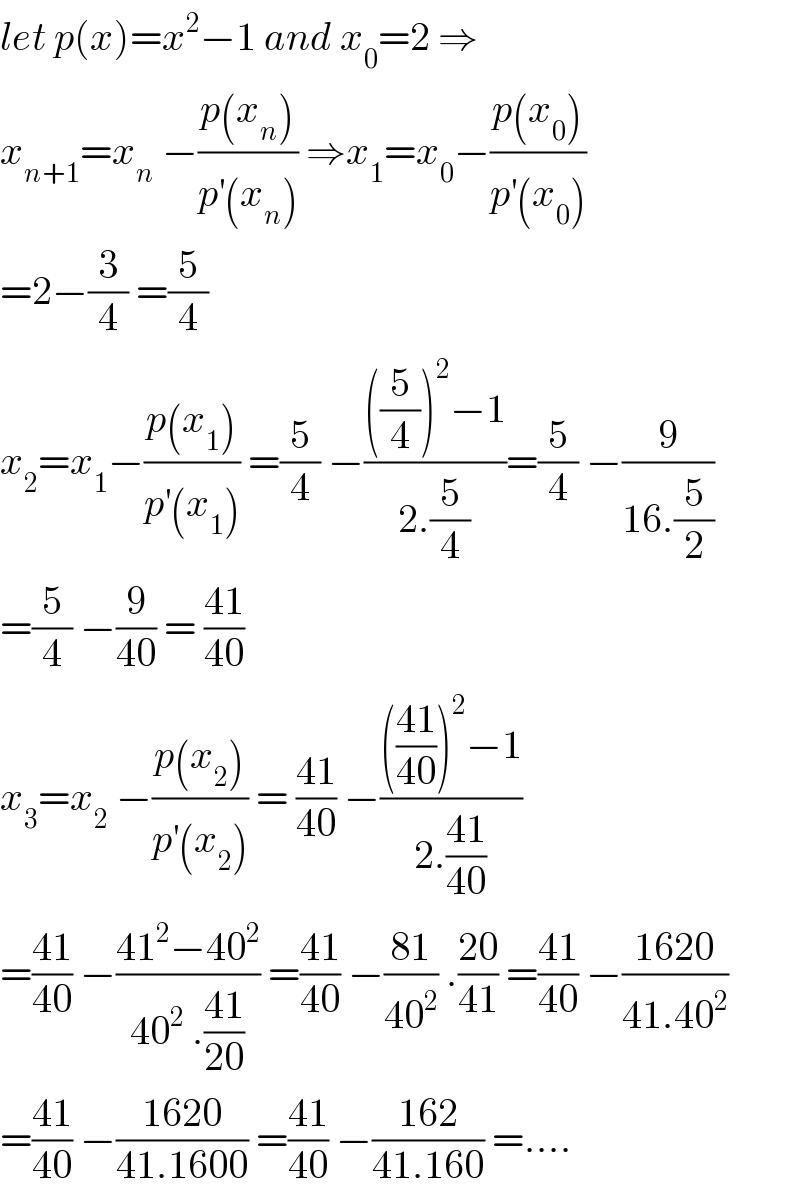
Question and Answers Forum
Question Number 40366 by mondodotto@gmail.com last updated on 20/Jul/18

Commented by math khazana by abdo last updated on 20/Jul/18

| ||
Question and Answers Forum | ||
Question Number 40366 by mondodotto@gmail.com last updated on 20/Jul/18 | ||
 | ||
Commented by math khazana by abdo last updated on 20/Jul/18 | ||
 | ||